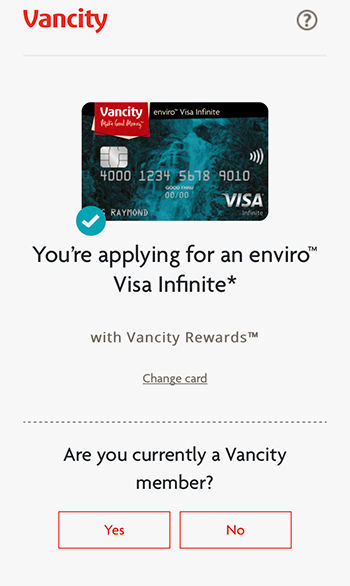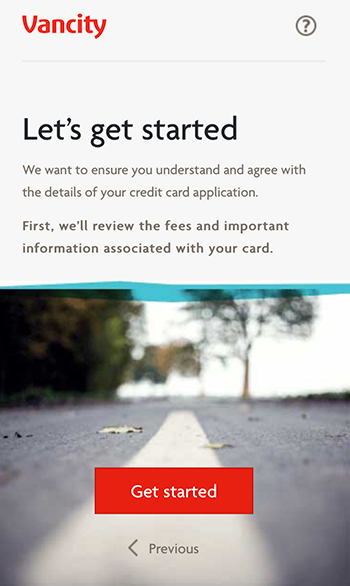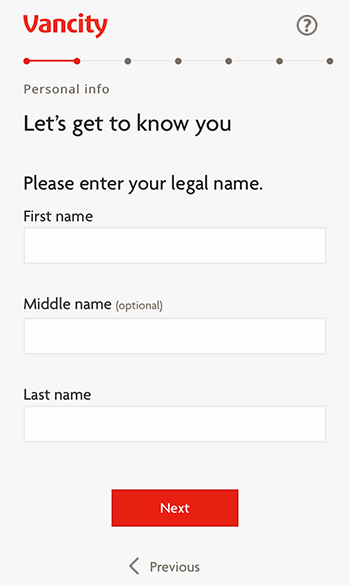With Antenna, BC credit union optimizes product design, seeds culture of UX research
From 2017-2018, Vancity engaged Antenna to join their digital teams on two related projects: a member database upgrade to include member lifecycle membership (MLM) and a re-platforming of their member Visa system. With more than 540,000 members, Vancity is the largest credit union in British Columbia. Antenna introduced UX research practices that helped Vancity to improve both systems while also equipping the organization with tools and processes to cultivate a research-driven culture.
CHALLENGE
Vancity was under pressure to launch a custom-developed replacement for its aging member profile system on an aggressive timeline. To successfully drive UX requirements and design to completion, they needed seasoned practitioners to enhance their in-house capabilities.
The Vancity MLM project team had limited previous exposure to UX, and did not understand the value of UX in product design. The team was also in the process of transitioning to using Agile as a methodology for its projects, and uncertain about how to work with UX in an Agile environment.
The Visa project required extensive consultation with numerous stakeholders, vendors and users. Making sure that all key parties had an opportunity to articulate their requirements and concerns was key.
APPROACH
For the VISA project, we conducted competitor research (how retail and business customers of other financial institutions used VISA online), exploratory user research with retail and business customers (i.e., how they collected and used rewards points) and finally, usability testing on proposed designs. To complement this research, we held stakeholder workshops, culminating in a 2-day user journey mapping workshop with multiple stakeholder groups.
For the MLM project, we uncovered how front-line staff used the existing member database (and also, how they frequently worked around it) through interviews with staff members and in-person contextual inquiry. Using this research, we were able to evaluate many of the assumptions held by the IT team, some of which proved to be false.
During the design and build phase of the projects, we engaged users at several intervals to check design assumptions and ensure the project’s success at launch.

SOLUTION
Vancity had no defined user research process for Agile product development, so Antenna designed and implemented a program to incorporate user input into the project team's 2-week Agile development cycles. This program resulted in UX research and design frameworks that Vancity could replicate and build upon to use on future digital projects.
The research framework includes practical techniques for conducting iterative rapid user research and guidance on how to align UX activities with sprint cycles. It also outlines techniques for quick and effective recruitment, how to generate and share actionable findings, and how to get buy-in and traction from user research.
The design framework provides a simple introduction to applying user-centred design practices at Vancity and a compendium of useful guides, resources, and templates. It focuses on the practical application of user-centred design by teams or individuals to solve problems and improve outcomes, and ultimately, improve the member experience.



RESULTS